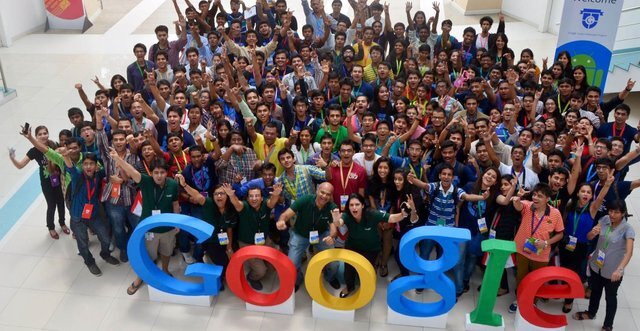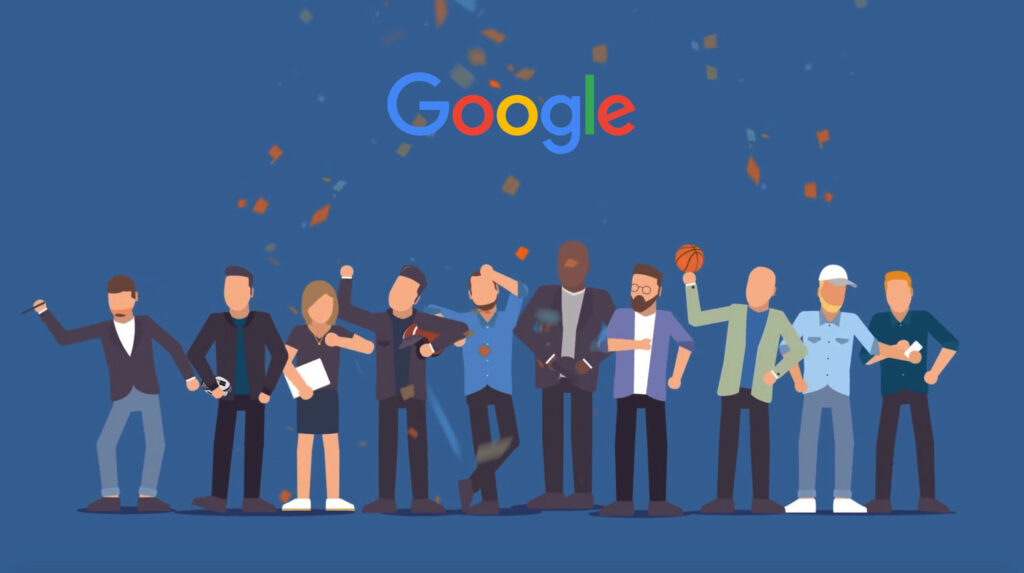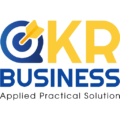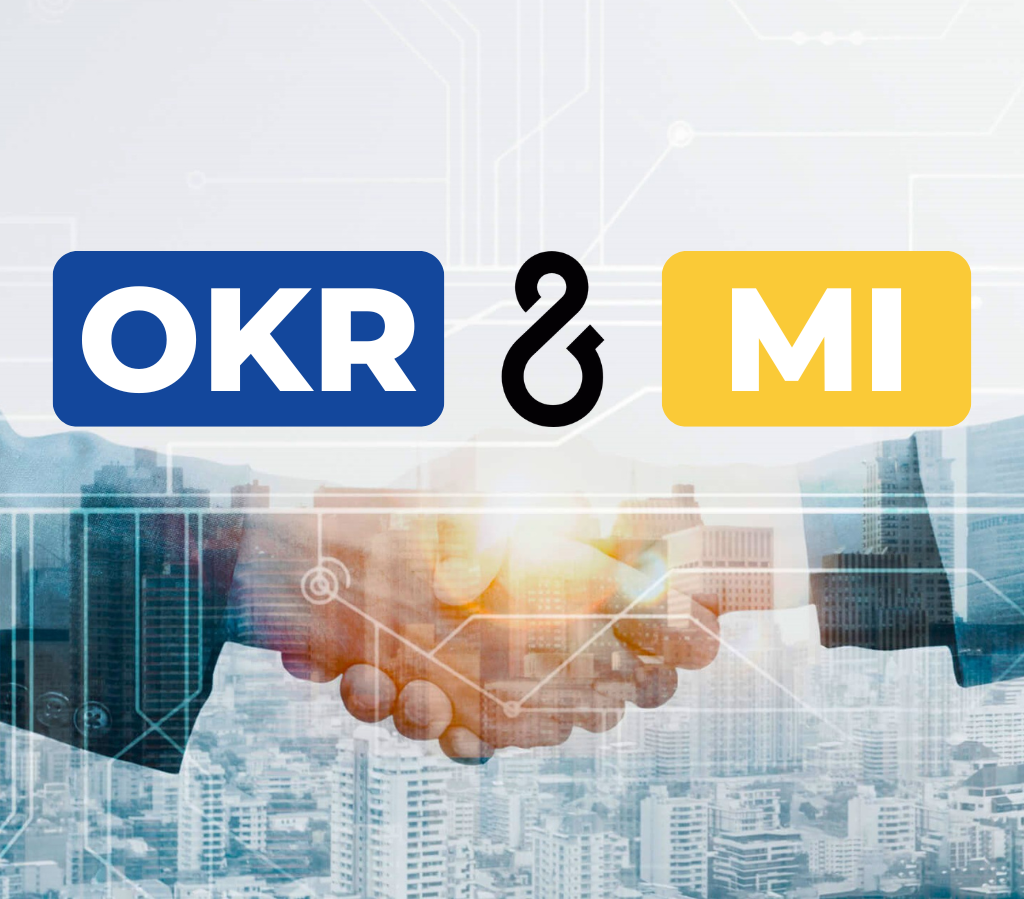We are often told that one of the biggest obstacles for large enterprises is the cumbersome and slow apparatus, especially during the big changes of the market during the digital transformation. The main counterweight of this spirit is startups with lean structures that are small and flexible models enough that allow them for many quick updates and changes in the face of volatility. However, in reality, what will happen when your business is gradually becoming big when the growth is too hot to be able to continue maintaining the advantage of rapid growth as the original? Here are some of the critical changes some of the world’s top businesses like Google have made to help keep up their businesses afloat even when they’ve become one of the new global giants.
Many years before, when Google was being a startup, in early 2011, the team realized that to support the rapid growth of the business, they would need to be more well-prepared. So Google has laid out plans for the biggest hiring year in the company’s history at that time. Realizing that in order to achieve many ambitious goals set out by integrating OKR into our overall strategy, the Google team needed to make strategic decisions faster. And to ensure that growth and rapid growth occur at the same time, plenty of important changes have been applied to the way Google’s entire machine is applied and running. At present, they (Google) are still constantly adjusting and updating, but the whole system has identified several key issues in their relentless efforts to help their growing business. Google’s purpose is to stay as agile and responsive as any other startup.

Thanks to the application of OKR from the very early days, Google quickly established 05 company-level strategic objectives to help operate the apparatus in a flexible and streamlined manner, despite the fast-growing number of employees. Their total employees have grown to more than 135,000 globally (by the end of 2020) with thousands of products, services and countless other ambitious ideas that are constantly being tested and developed. And, all these 05 company-level objectives are still being used and improved regularly in most Google units up to the present time, especially during the crisis of the Covid pandemic.
Objective 1: The Bucks Stop At Decision-makers
Previously, Google used to be organized by functional groups like engineering team, product team, sales team, finance team etc. But as the number of employees and products and new projects increased rapidly, Google leadership realized that they needed to optimize the decision-making process of each division and business unit. To do this effectively, they applied a systematic and transparent method of giving and delegating authority by level and scope of responsibility. Accordingly, each level of management will need to solve a problem coming in as thoroughly as possible before handing it over to his/her subordinates or when collaborating with other departments is needed. This will help increase creativity, decision-making capability and responsibility at the same time, the meticulousness in work and the ability to complete quickly at every stage increase significantly.
Objective 2: Creating an efficient working environment
Besides making quick and responsible decisions, The fast interaction between the team and related departments also plays a very important role in a large organization like Google. To encourage this approach, all working areas are designed and organized closely around each other, and commuting is very convenient and easy. Even Google co-founder and former CEO Eric Schmidt shared his office with an engineer when he first joined the company.

When Google grew stronger, executives gradually moved away from headquarters to be able to be side-by-side with their teams. To make sure key decision-makers of a product, project or business unit can stay productive and stay engaged, Google has arranged a dedicated area located right in one of the main buildings, on the premises of the head office. This place is designed specifically for Google’s management and executives, who will make important decisions for both the organization and the product, to be able to work and communicate with each other in the most convenient way. Executives will decide how much time to work together in addition to the time they need to closely follow the team of each department in their charge.
Objective 3: Attend Only Valuable and Meaningful Meetings
As a common problem faced by many organizations, people attend too many meetings during the week and most did not yield the expected results. A well-conducted meeting will bring value to all participants by allowing everyone to come up with ideas, share useful information, discuss together, choose a consensus decision, and actually solve an existing problem according to the meeting topic. Conversely, meetings that are not well coordinated will be a waste of everyone’s time and, even, lower morale. To avoid wasting the team’s time or energy, Google leadership gathered diverse input and came up with several solutions to make meetings more productive.
For decision-making meetings, it is necessary to ensure that every meeting has a chairperson who will make the final decision (and take responsibility for it). Otherwise, the meeting will not take place. To ensure the quality of the meeting, it is necessary to select the right influential members and no more than 10 people, and all attendees must contribute ideas. If someone does not have information or ideas to offer, they will have to accept the decision established after the meeting. And being on time is of the utmost importance, as decisions will be made without waiting for anyone if he/she was late.

Objective 4: Use OKRs to unify
Setting up quarterly OKRs (Objectives and Key Results) is an already-integrated part of the document. Google’s core culture since John Doerr introduced this methodology in 1999. And in recent times, from around 2011, Google has increased the importance of OKRs in contributing to the growth of the entire group (later Alphabet) and is still using the company-wide quarterly OKR meeting, led by Larry Page and leaders. At this OKR meeting, each unit, department, and management team of that unit presents and explains their objectives and how they manage to measure the relevant key results. After that, all OKRs will be showed publicly for everyone in the company to see.
To ensure that all Google products work together and contribute to the overall success of the ecosystem, Google’s management and leadership team has been focusing more and more on challenging OKRs and deliver more meaningful value. And these strategic OKRs are delicately tied together so that they can only be achieved when all members of Google are completed within a predetermined adoption rate.
For example, the corporate-level OKR of the Search business (Google Search) is “To improve the world’s information and make it useful and globally accessible”, which represents and reiterate the company’s mission. Key results under that target include multiple metrics and improvements, related new project launches during the quarter. These new metrics, improvements, and projects will be spread across multiple departments, thousands of teams, and all of other employees, ensuring a smooth and complementary coordination, close interdependence, and more. together to achieve a common goal. Setting this common goal, corporate level or higher, is also very beneficial for the business in the future.
This helps to prevent unwanted political problems, known as silos, causing local and separated groups in the same organization – which is always a concern when companies reach a large enough scale of development.
Goal 5: Make tough decisions on resources
The last thing that matters will be the focus. The problem, however, is how to do it effectively and efficiently. During the second half of 2011, Google decided to discontinue several projects, including Buzz, Code Search, and Desktop, and at the same time consolidate others into existing products as add-ons. Making these tough decisions allows Google to shrink underperforming projects and devote more resources to high-impact products that improve the lives of billions of users around the world. Or as Larry Page’s criteria put it, “put more wood behind fewer arrows” (implying resource concentration, understood as “putting more resources on fewer projects/products”)
The challenges Google has faced and overcome during its period of rapid growth are not unique. In a modern business environment, the development of industry 4.0, and especially under the unpredictable impact of the “black swan” named Covid, all businesses and startups are always looking for new solutions. The best way to grow faster, more efficiently and smarter. In his closing remarks at Zeitgeist, Google co-founder and former CEO Larry Page summed it up: “No company is slow to make good decisions.”





